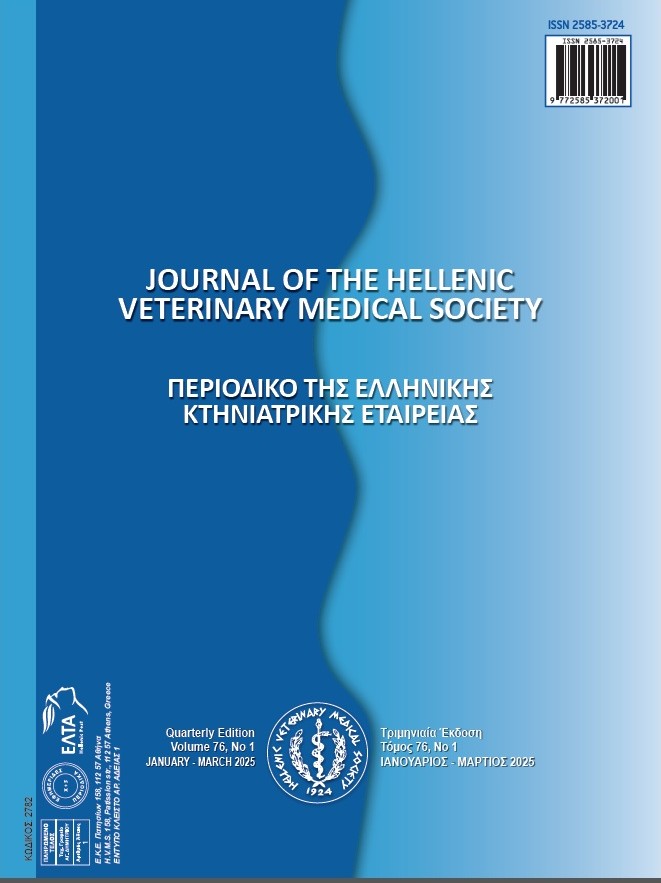Using Genetically Modified Feedstocks in Broiler Diets; Risks, Perceptions and Facts
Аннотация
Chicken meat has significantly contributed to people's access to animal protein sources in recent times. However, it fails to garner the same importance from experts in various sectors of public opinion. Therefore, the objective is to obtain expert opinions and present facts from their perspective, as opposed to consumer opinions typically collected in studies of broiler chickens that consume genetically modified feed raw materials.
In some surveys, certain experts who were selected based on their fields of expertise have been found to make errors. The opinions or views of individuals lacking real knowledge on the subject can have negative impacts on both consumers and their environment, who require access to healthy sources of animal protein, as well as the industry and its employees, who rank among the top 11 worldwide.
Article Details
- Как цитировать
-
Filik, G., & Gül, A. (2025). Using Genetically Modified Feedstocks in Broiler Diets; Risks, Perceptions and Facts. Journal of the Hellenic Veterinary Medical Society, 76(1), 8657–8664. https://doi.org/10.12681/jhvms.36653
- Выпуск
- Том 76 № 1 (2025)
- Раздел
- Research Articles

Это произведение доступно по лицензии Creative Commons «Attribution-NonCommercial» («Атрибуция — Некоммерческое использование») 4.0 Всемирная.
Authors who publish with this journal agree to the following terms:
· Authors retain copyright and grant the journal right of first publication with the work simultaneously licensed under a Creative Commons Attribution Non-Commercial License that allows others to share the work with an acknowledgement of the work's authorship and initial publication in this journal.
· Authors are able to enter into separate, additional contractual arrangements for the non-exclusive distribution of the journal's published version of the work (e.g. post it to an institutional repository or publish it in a book), with an acknowledgement of its initial publication in this journal.
· Authors are permitted and encouraged to post their work online (preferably in institutional repositories or on their website) prior to and during the submission process, as it can lead to productive exchanges, as well as earlier and greater citation of published work.



